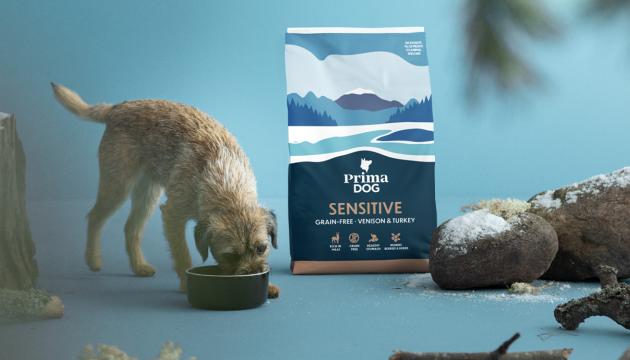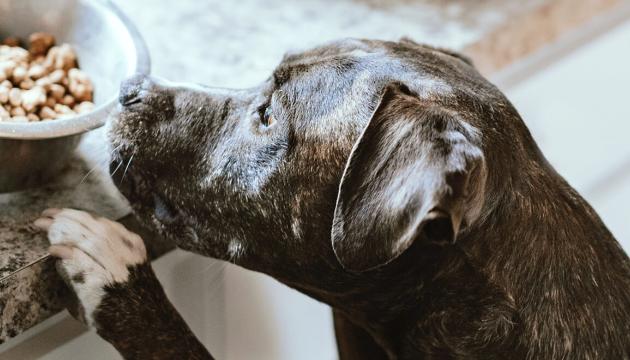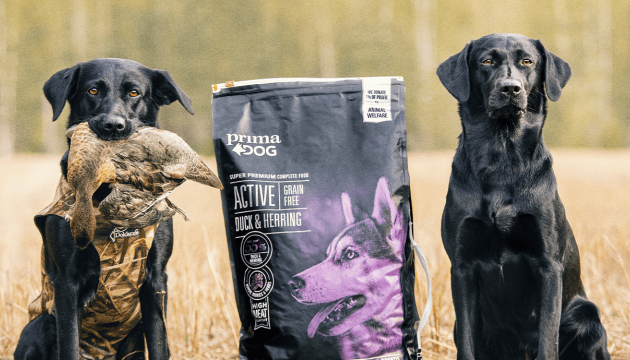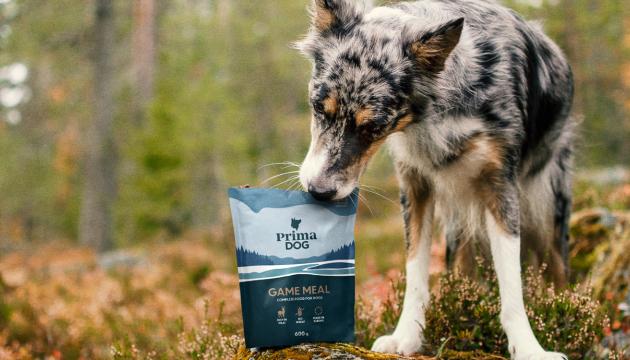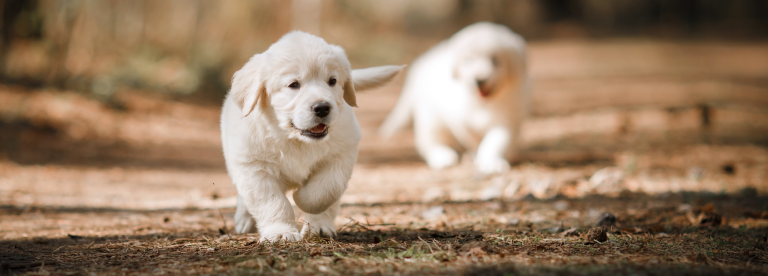

A new puppy comes home! – What to do first?
When a new puppy joins your family, there is quite a bit to think about. Have a read of our article to discover the essentials you will need for your new furry friend, along with other aspects of a vibrant puppy life. We have put together some handy hints on topics such as house training, helping your puppy socialise, and getting the new puppy comfortable with spending time alone.
What the puppy needs?
A new puppy will usually come home around 8 weeks old. Get ready for your little mischief-maker with some practical purchases to make life easier. You can get help with your choices from pet supply shops.
- Comfortable, adjustable harness and/or collar
- A lightweight lead made of leather or nylon
- Nail clippers
- Toys for activation
- Comfy dog bed
- Food and water bowls
- Poop bags
- Treats for training your puppy
- Shampoo for dogs and, if necessary, other grooming tools
- Suitable travel gear for the car, like a crate or safety harness
When your new puppy arrives home, one of the key things to get is the right puppy food. Check out PrimaDog's guidelines for feeding your puppy and choosing the right food.
Puppy-proof your home
Puppyhood is a busy time for these little rascals, as they eagerly explore their surroundings and often test out new things with their teeth. Before the new puppy comes home, remember to make your house safe for the little explorer. Prevent access to dangerous areas and ensure that nothing harmful is within reach of your puppy. You can check a list of foods that are toxic to dogs here. Investing in a dog gate or puppy pen might be a good idea.
Firsts nights in the new home
A new home is a huge change in the life of the tiny pup. The puppy has left behind everything familiar, so try to make the puppy feel as safe and comfortable as possible. Puppy homesickness can be at its peak during the first few nights. It might be a good idea to put a mattress on the floor and sleep there with your soft little friend.
How much does a puppy sleep in a day?
Little pups need a good amount of naptime – over 18 hours a day. But they tend to snooze in shorter spurts than adult dogs. Every dog's sleep needs are quite unique. If your pup seems stressed or overly sensitive to what is going on around them, it might be a sign the puppy not getting enough time to sleep. So, amidst all the exciting new adventures, make sure your little furry friend gets plenty of rest and relaxation.
Quiet moments in your lap are a great time to get your pup used to having its ears and paws handled. Have a read about dog grooming and check out our tips on how to teach your puppy to be comfortable with nail clipping.
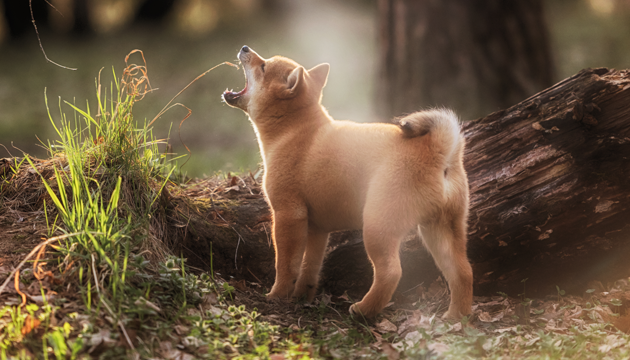
A new puppy comes home – Housetraining a puppy
Even the liveliest little furball can be taken by surprise, and the bladder control of a pup under five months is almost non-existent. After the puppy wakes up and after playtime, and about 15–20 minutes after it has eaten, scoop up your pup and take it outside for a wee.
Initially, take the pup to the same, quiet spot outside to help it get used to doing its business there. Be patient and give the puppy plenty of time to do what it needs to. Praise and reward the pup generously when it goes in the right spot.
Expect accidents, especially at first, so instead of carpets, it is wise to line your floors with newspaper. If an accident happens in the wrong place, do not scold your puppy. Scolding and punishing can lead the pup to sneak off and do its business out of sight, which can delay housetraining.
Most dogs naturally want to keep their own place clean, which helps with housetraining a puppy. But remember, every puppy learns at its own pace, and there might still be accidents even after the puppy has been housetrained. For example, a female dog's first heat can lead to a few slip-ups. Patience and consistent routines will go a long way!
Off to the woods we go!
The forest is a fantastic place for a puppy's walkies. Let your new puppy taste the earthy flavours and sniff out new scents. This not only helps to strengthen the puppy’s immune system but also develops its muscles and coordination. The pup will have a blast scampering on the soft forest floor and leaping over roots.
It is important for your puppy to try different foods to diversify its gut microbiome and get used to various tastes and ingredients. Have a look at our guide on how to add variety to your dog's diet.
Socialising a puppy
When the new puppy first comes home, let it take its time getting to know its new family and surroundings. After about a week, it is a good idea to gradually introduce the puppy to different places, people, and other animals. The age of 8–12 weeks is prime time for socialising a puppy.
You can take your puppy to any pup-friendly spots. Why not take a bus ride to the town centre and pop into a dog-friendly café?
It is great for your pup to wrestle and play with other puppies, and it is also good to start introducing the pup to adult dogs. Just make sure these grown-up dogs are vaccinated and puppy-friendly.
New experiences might initially scare your little furry friend. Be there to support and encourage the puppy in the new situations. If the pup gets really frightened, stay as calm as you can. Crouch down to the puppy’s level for comfort. There is no need to fuss over the pup, though. While waiting for the little one to settle, you can gently stroke the pup with slow, soothing movements.
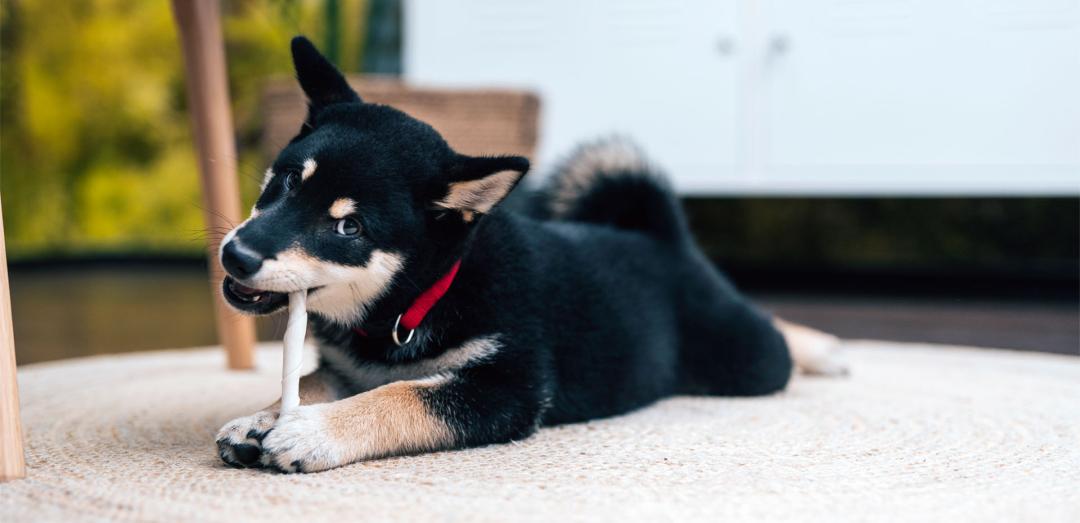
Leaving a puppy alone at home for the first time
Dogs are real social butterflies, loving and needing company. That is why it is important to gently teach your puppy about being on its own. This helps the pup trust that you will always return and can nip any separation anxiety in the bud.
When your little pup has got used to its new home and family, you can start easing it into the idea of spending some time by itself.
Tips for training your puppy to be home alone
- Start by leaving your pup in its own space, like a puppy pen. Initially, only step away for a few minutes and return before your pup starts to worry. Let it out of the pen only when the puppy is calm.
- Do these alone-time exercises in the puppy pen several times a day. Get your pup used to being there while you are busy with your own things. Once the puppy is comfortable with this, you can start extending it alone time in the pen.
- When your pup is doing well alone in the pen while you are indoors, try putting on your coat and stepping outside briefly. The key is to ensure your puppy is calm when you leave.
- As your puppy grows, you can phase out the pen. If the pup has learned to be calm alone in the pen, it will likely adjust quickly to being alone in a larger space.
- Do not make a big deal out of your departures or returns. Keeping both your and your puppy's mood calm is crucial.
- Make sure your new puppy has plenty to do when you are home. Play with the pup or take it for a long walk before leaving it alone. A tired puppy from all that activity and with a full tummy will find it easier to settle down when alone.
- Revisit these alone-time exercises after a holiday or a long break.
Leave an activation toy filled with wet dog food or a safe chew bone for your puppy when its alone. If your puppy tends to gulp things down, do not leave it unsupervised with a chew bone. However, chew bones are great for puppies too! You can read more about the benefits of chew bones and how to choose the right one.

